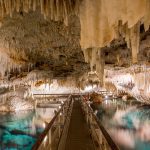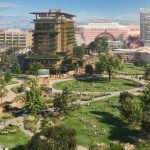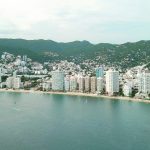Montreal-Guatemala City route will be the first non-stop airlink between the two nations
Guatemalan tourism officials are hailing an upcoming Air Canada route as a major opportunity for the country to make inroads in the Canadian market, with Guatemalan tourism minister saying Canadians who do venture to the Central American nation will find a country that is intriguing in terms of nature and culturally distinctive as well.
Air Canada will begin operating a Montreal-Guatemala City route in October, with Harris Whitbeck, Minister of Tourism of Guatemala, saying it will be a major development for Guatemalan tourism.
“The new Montreal-Guatemala City route, which Air Canada will begin operating in October 2025, represents a real milestone for Guatemalan tourism. For the first time, Canadian travellers will have a direct, nonstop service to Guatemala, enabling a faster, more comfortable, and competitive connection – especially compared to traditional routes that involved stopovers in the United States,” he says. “This direct flight, in addition to opening new doors for Canadian tourists, will benefit European travellers who prefer to enter Latin America via Canada rather than transiting through U.S. airports. The new route positions Guatemala as a more accessible and attractive destination amid growing interest in Latin America, and strengthens its presence on the international tourism map.”
The route comes as interest in Guatemala is on the upswing, with over 3 million international visitors choosing it for leisure and business travel in 2024, a 15% increase from 2023. Tourism revenues exceeded US$2 billion.
Tourism authorities are promoting Guatemala as the birthplace of the Mayan civilization, with Maya culture continuing to thrive and being visible in Indigenous communities and long-running traditions.
“Today, we proudly promote Guatemala as a premier travel destination, where the enduring legacy of the Maya is just one facet of a country brimming with unforgettable experiences,” Whitbeck says. “From breathtaking natural landscapes and thrilling adventures to deep historical roots, modern comforts, and world-class gastronomy, Guatemala offers a journey like no other, anchored by the richness of its living Mayan heritage.”
Northern Guatemala’s Peten district is a cornerstone of the country’s tourism trade, with Mayan history easily visible in the region, which has two biosphere reserves, seven national parks, five wildlife refuges and four protected biotopes. Visitors can discover Mayan archeological sites surrounded by jungle that has protected the stonework. Those sites include Tikal National Park, which received UNESCO World Heritage Site status in 1979. Tikal is arguably the most dramatic of all Mayan sites, being home to 5 massive temples and many other ruins dating back over 1,200 years.
La Danta in turn is home to the largest known Mayan pyramid, found in the ancient city of El Mirador, deep in the northern jungles of Petén.
Another Maya highlight is southern Guatemala’s Quirigua Archaeological Park, known for its towering stelae.
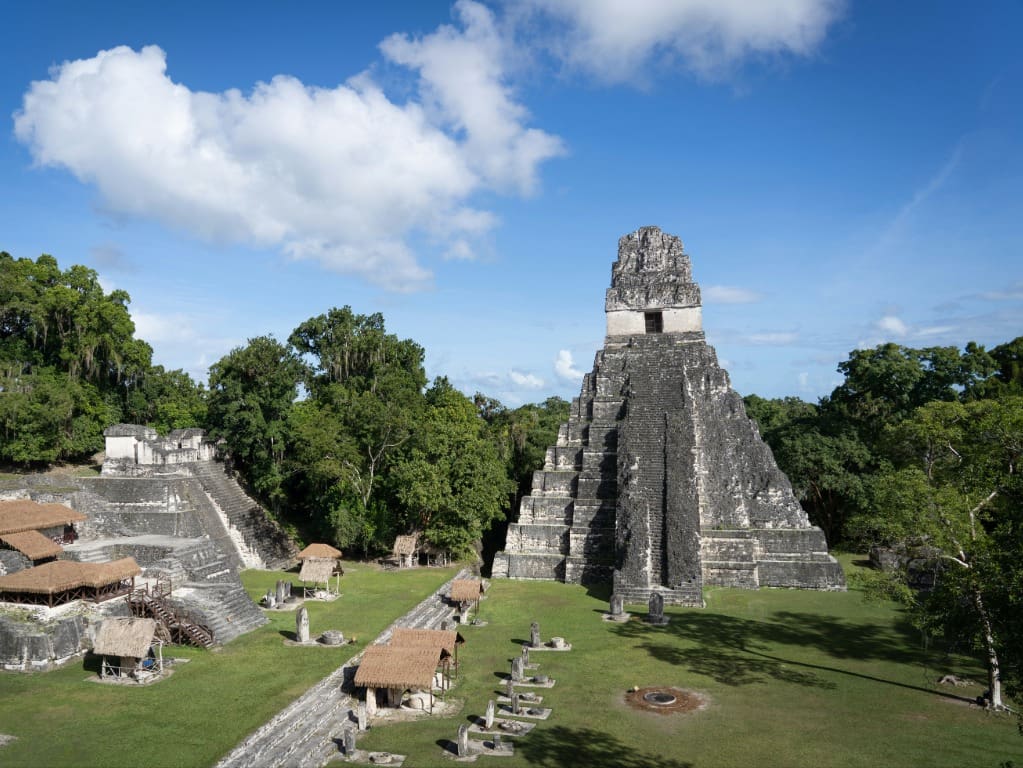
“Guatemala is home to the highest concentration of Mayan culture in the world, with 22 distinct Mayan peoples who keep their rich heritage vibrantly alive. This ancestral legacy is woven into every aspect of life – from archaeological sites to art, textiles, and cuisine rooted in ancient techniques and symbolism. It lives on in colourful community celebrations, agricultural rituals, fire ceremonies, and healing traditions; in traditional dress, architecture, and social structures,” Whitbeck reports. “More than just preserving its heritage, Guatemala seamlessly integrates Mayan culture into everyday life, offering visitors immersive and meaningful cultural experiences. The country is also home to some of the most iconic Mayan landmarks, including Tikal National Park – the most important city of the Classic Mayan period and a UNESCO World Heritage Site – and ‘La Danta,’ the largest known Mayan pyramid, located in the ancient city of El Mirador, deep in the northern jungles of Petén.”
Other popular stops on the tourism circuit are Guatemala City, the current capital; the former capital of Antigua, known for its Spanish colonial architecture and cobblestone streets and which is ringed by volcanoes; and Lake Atitlan, which British author Aldous Huxley labelled the most beautiful lake in the world.
“The lake is one of the most magical places to visit in Guatemala,” Whitbeck says. “You can take a ferry to the picturesque Mayan villages of Santiago Atitlán and San Pedro La Laguna, with their colourful markets, restaurants, churches and shops. Alternatively, take in the jaw-dropping volcanoes, such as Atitlán, Tolimán and San Pedro, which sit on the lake’s southern shores.”
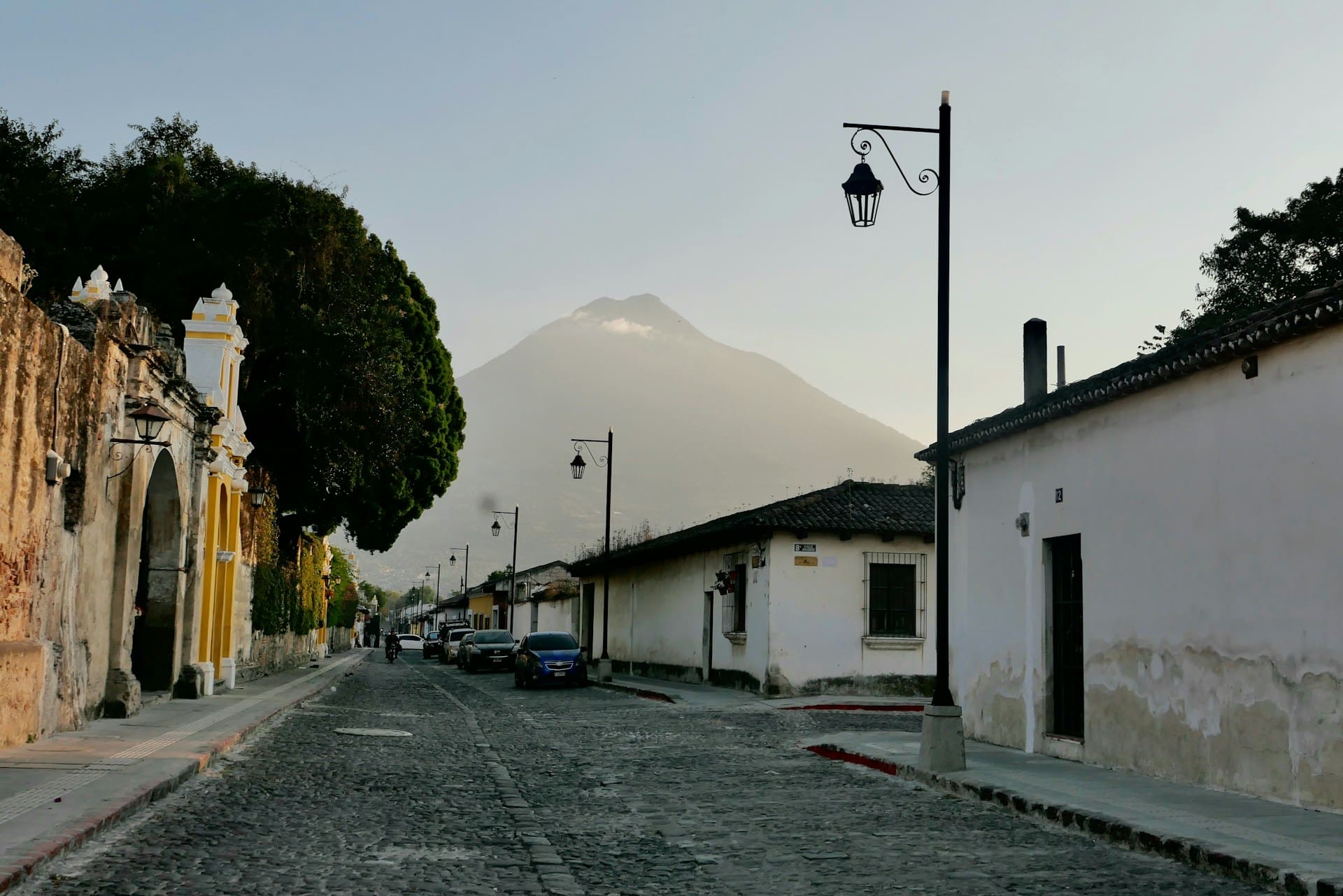
Guatemala has 37 officially-recognized volcanoes that can be visited and also hiked. Most are dormant, but eight are active. Visitors can spend the night camping on the volcanoes, enabling them to reach their summits before sunrise. Some national parks offer packages that include transport, food and a guide.
Whitbeck says Guatemala is certain to win over visiting nature enthusiasts.
“Guatemala is a land of extraordinary natural beauty and ecological wealth,” he says. “As one of the world’s 20 recognized mega diverse countries, it is home to an exceptional variety of flora and fauna. The landscape is shaped by volcanoes offering breathtaking views and unforgettable adventures. The national parks are celebrated for their rich biodiversity, and the country’s varied ecosystems span lush highland jungles, misty cloud forests, mangroves, and tropical rainforests.
“Guatemala also has a remarkable eco-system with over 1,246 species of birds, mammals and reptiles. Guatemala is also blessed with rivers, cascading waterfalls, and the stunning Lake Atitlán — widely regarded as one of the most beautiful lakes in the world — as well as sun-drenched beaches along both the Caribbean and Pacific coasts.
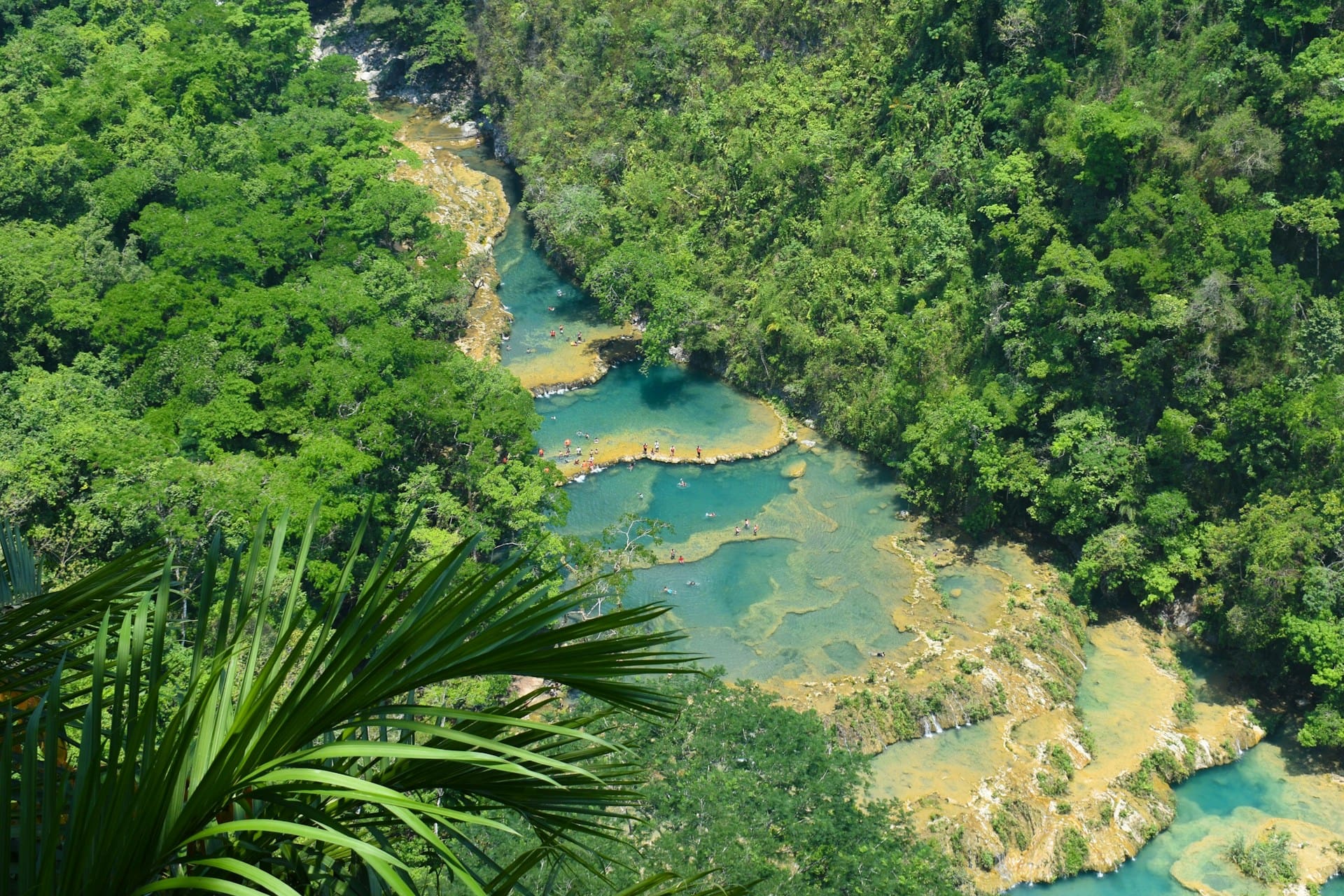
“The Pacific coastline is an ideal area to enjoy more than 300 kilometres of volcanic and black sand beaches, perfect for watersports including surfing; or nature reserves which are home to crocodiles, iguanas and sea turtles.
“For the most adventurous, waterfalls and natural pools abound in the Verapaces region. The areas of Alta Verapaz and Baja Verapaz have lush forests with ecosystems that are typical of dry forests, as well as tropical rainforests which nurture a variety of fauna, such as the resplendent quetzal, and flora such as the White Nun. There are more than 800 species of orchids. There are also mountain climbs, walks along the Quetzal Biotope trails and rafting along the rapids of the Cahabón River.”
Whitbeck says the Caribbean coast hasn’t attracted as much attention from tourists as some other parts of the country but interest in it is on the upswing.
“Guatemala’s Caribbean coast — which includes Livingston, Puerto Barrios, and Río Dulce — is experiencing steady and promising tourism development,” he continues. “The area has seen a rise in eco-luxury accommodations, seaside cabins, and lodges integrated with nature, combining comfort with sustainability. There’s an increasing variety of nature and adventure-focused tours, including kayaking through mangroves, and cultural immersions with Garifuna and Q’eqchi’ communities. Moreover, the proximity to marine sanctuaries and protected areas offers great opportunities for diving, snorkelling, and wildlife watching – especially birds, manatees, and dolphins.
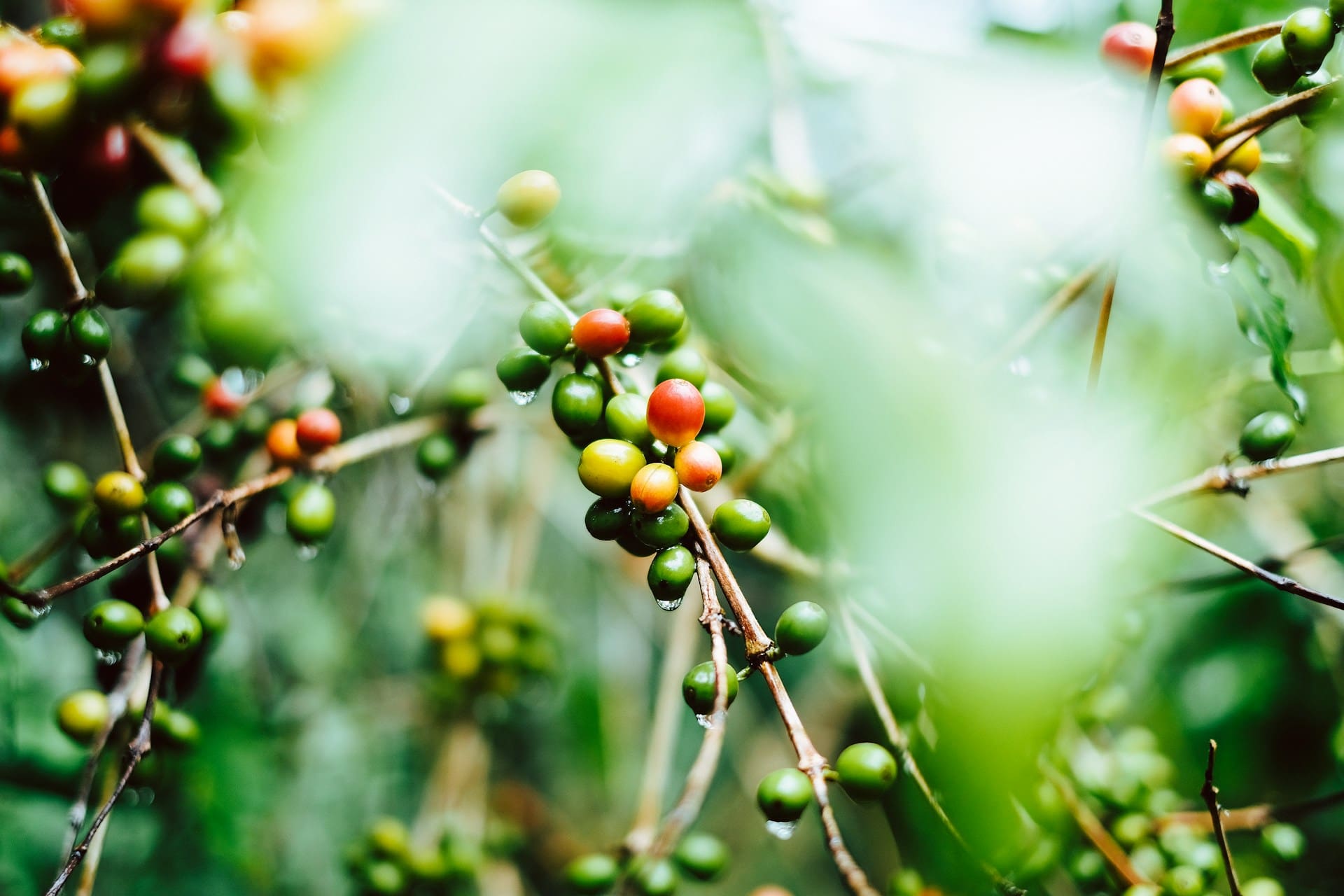
“Guatemala captivates with its cultural, historical, and culinary treasures. It is truly a destination that offers everything.”
Guatemala labels itself as the “land of eternal spring,” pointing to average daytime temperatures of 80 degrees Fahrenheit whatever the month. However, there are 360 microclimates in Guatemala with the hottest places, such as the coastal areas or Petén, reaching over 86 degrees Fahrenheit.

